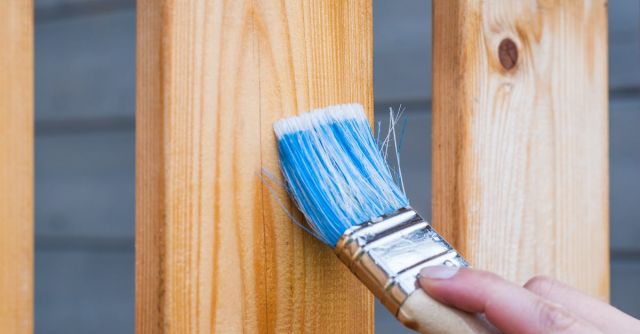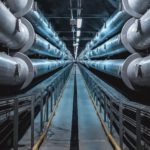The construction industry is a hazardous environment, and workers in this field are exposed to a variety of potential dangers on a daily basis. Hearing loss is a particularly common, and potentially debilitating, occupational hazard for construction workers. The continuous exposure to extreme noise levels over a period of time can cause permanent and irreparable damage to hearing. Fortunately, there are a number of steps that can be taken to protect workers from hazardous noise levels. This guide will provide an overview of those steps as well as the best practices for protecting construction workers from potential hearing loss.
Noise Levels
Before any steps can be taken to protect workers from hazardous noise levels, it is important to understand the noise levels that are considered safe and those that are considered dangerous. According to the Occupational Safety and Health Administration (OSHA), the maximum permissible exposure level for an 8-hour workday is 85 decibels. That means that any noise levels that exceed 85 decibels could put workers at risk for hearing damage over time.
Sound Sources
Construction sites are full of potential sound sources that can reach hazardous levels. Common noise sources include:
- Power tools
- Heavy machinery
- Explosives
- Sirens and alarms
- Air compressors
It is important to identify the sources of potential noise in the workplace and take steps to reduce or eliminate them if possible.
Ear Protection
The most common and effective way to protect construction workers from hazardous noise levels is to use ear protection. Ear protection comes in a variety of styles and levels of protection, so it is important to choose the right type for the job.
Ear Plugs
Ear plugs are the most common type of ear protection and are designed to reduce the level of noise that reaches the ear. They come in a variety of styles, from disposable foam plugs to custom-molded silicone plugs. Foam plugs are the most affordable and most widely used, but custom-molded plugs provide a better fit and can provide better protection.
Ear Muffs
Ear muffs are another type of ear protection that can be used to reduce the level of noise that reaches the ear. They can provide greater protection than ear plugs, but they can be more expensive and can be cumbersome to wear in some situations.
Noise-Cancelling Headphones
Noise-cancelling headphones are a relatively new type of ear protection that use active noise-cancelling technology to reduce the level of noise that reaches the ear. They are more expensive than ear plugs or ear muffs, but they can provide greater protection and comfort.
Best Practices
In addition to providing the right type of ear protection, it is important to follow best practices for using it. Workers should always be encouraged to wear their ear protection and should not be allowed to work in areas where the noise is above 85 decibels without it. Additionally, they should be encouraged to make sure that their ear protection fits properly and is in good condition.
Conclusion
Hearing loss is a common, and potentially debilitating, occupational hazard for construction workers. Fortunately, there are a number of steps that can be taken to protect workers from hazardous noise levels. By understanding the noise levels that are considered safe and those that are considered dangerous, identifying the sources of potential noise in the workplace, and providing the right type of ear protection, employers can ensure that their workers are properly protected from hazardous noise levels and reduce their risk of hearing loss.






